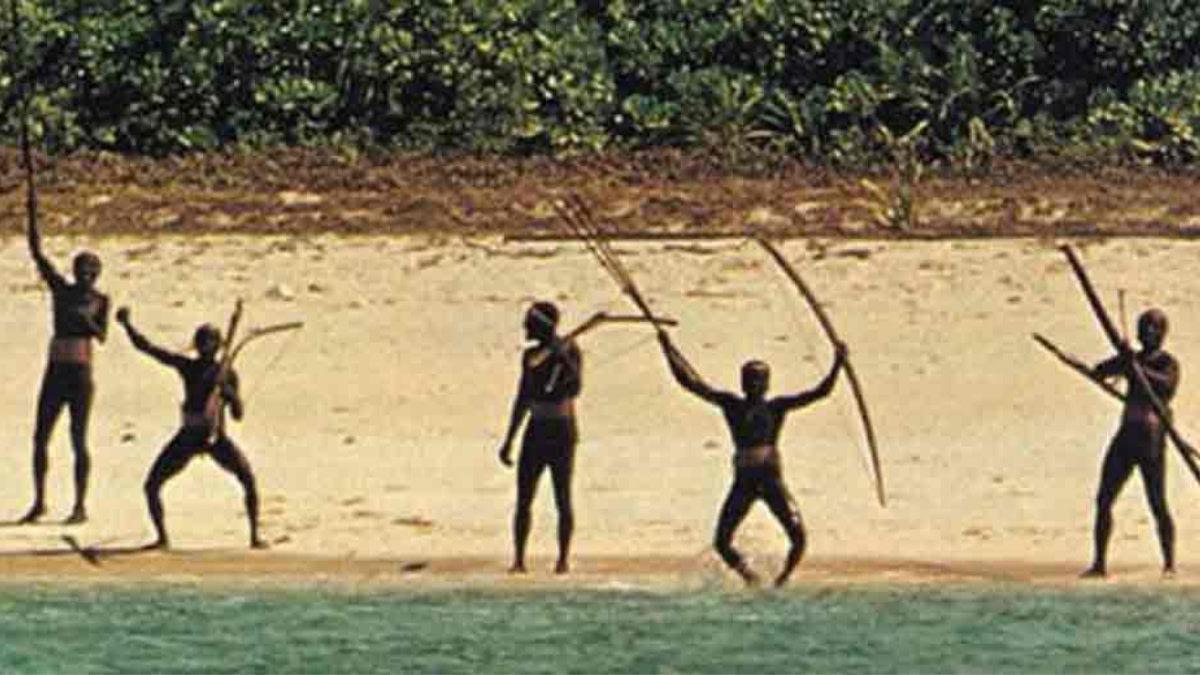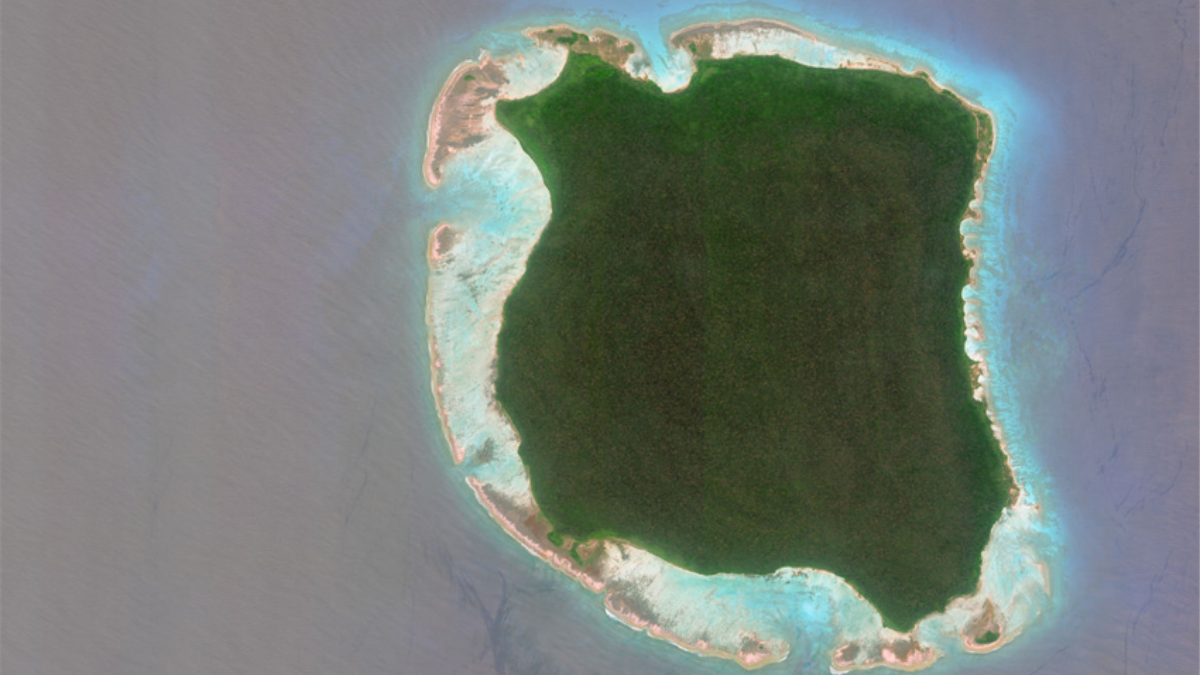
There’s a difference between book smart and bar smart. You may not be book smart, but this series can make you seem educated and interesting from a barstool. So, belly up, pour yourself a glass of something good and take mental notes as we look at the most remote tribe in the world.
North Sentinel Island is located about 800 miles off the coast of India in the Bay of Bengal. It’s home to the most remote peoples in the world: the Sentinelese. Little is known about this tribe, which is insulated by wild seas, protruding reefs and a reputation of being violent toward outsiders.
Marco Polo was one of the first to document the settlements of the Andaman Islands. In the 13th Century, he described the tribes of the region as, “A most brutish and savage race, having heads, eyes and teeth like those of dogs. They are very cruel, and kill and eat every foreigner whom they can lay their hands upon.”
Headlines in recent years haven’t helped change those optics. In 2006, the tribe killed two fishermen who were marooned on the island. In 2018, a missionary was murdered when he came ashore “to reach the world’s last unreached people.” Even strategic attempts by anthropologists to access the island have resulted in tense standoffs.
In the 1970s, a group of videographers, photographers and armed policemen tried befriending the Sentinelese with gifts of cooking utensils, coconuts, dolls and a live pig. The encounter ended with tribesmen firing arrows at the crew, spearing the doll and pig, and burying the gifts on the beach.
The tribe’s hostile attitude towards colonialists is not unwarranted. In 1880, a party of British naval officers that fancied themselves as anthropologists landed on the island and captured an elderly couple and four young children. All six quickly fell ill; the elderly couple died, and the children were returned to the island shortly thereafter. Their fate is unknown, but the impact of their ailment could have been disastrous.

Although there have been a few dozen other encounters with the Sentinelese, our knowledge of them has hardly grown. The average height of a North Sentinel person is 5 feet, 4 inches, and their population is between 50 and 200. The Indian Government attempted to take an aerial survey in 2004 but aborted the mission when the tribe started shooting arrows at the helicopter.
Experts say the Sentinelese practices have not yet evolved beyond the Stone Age. They don’t grow crops, they mostly subsist off of seafood and plants, their canoes are propelled by poles rather than paddles, they sleep in leaf-covered huts, their language doesn’t match anything else on record, and it’s believed they don’t know how to create fire.
None of that will likely change for this 30,000-year-old tribe. The Indian government is working to protect the Sentinelese from the outside world, implementing a 3-mile no-boating zone around the island that’s safeguarded by armed vessels. This “hands off, eyes on” policy is likely the best approach for both parties.
No further visits are planned to North Sentinel, with the first and last friendly contact taking place in 1991 when an expedition hand-delivered coconuts to the tribe. One of the anthropologists described the moment as surprising, exciting and bittersweet.
“There was the feeling that at a larger scale of human history, these people who were holding back, holding on, ultimately had to yield. It’s like an era in history gone. Until the other day, the Sentinelese were holding the flag, unknown to themselves.”






Conversation